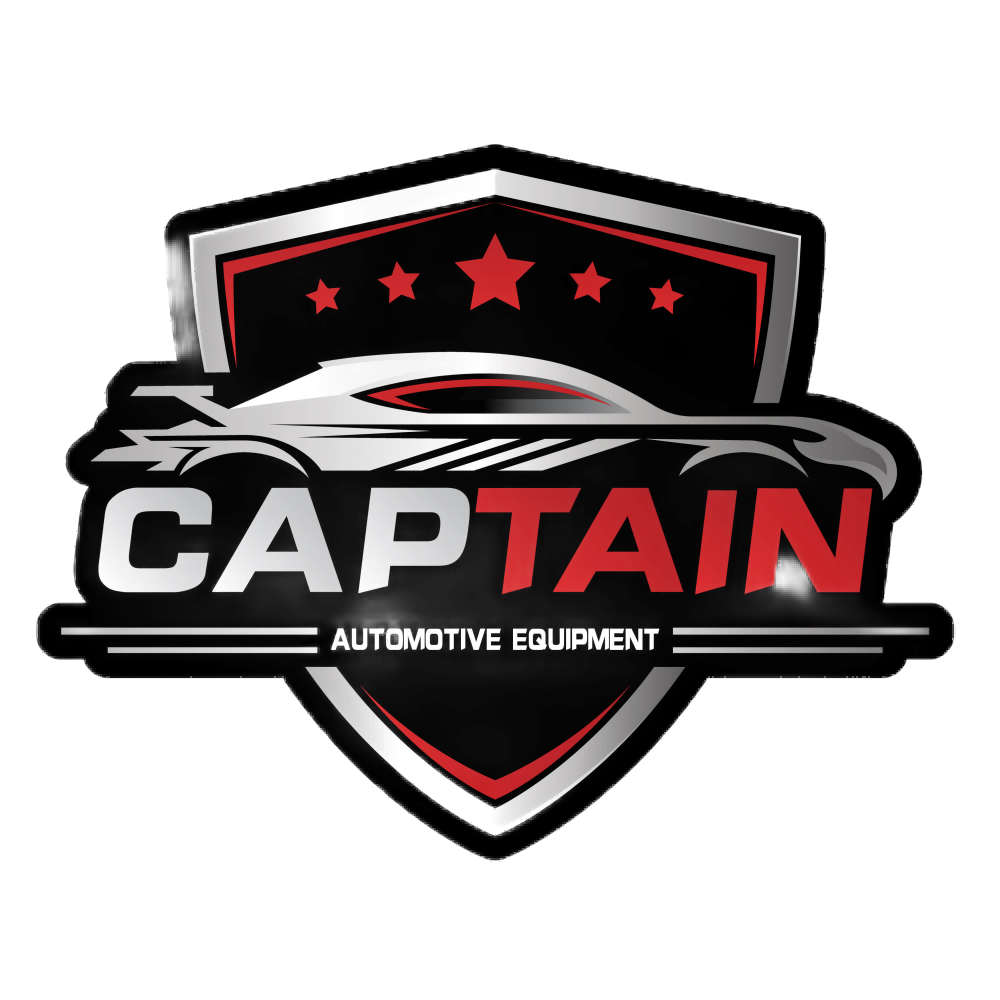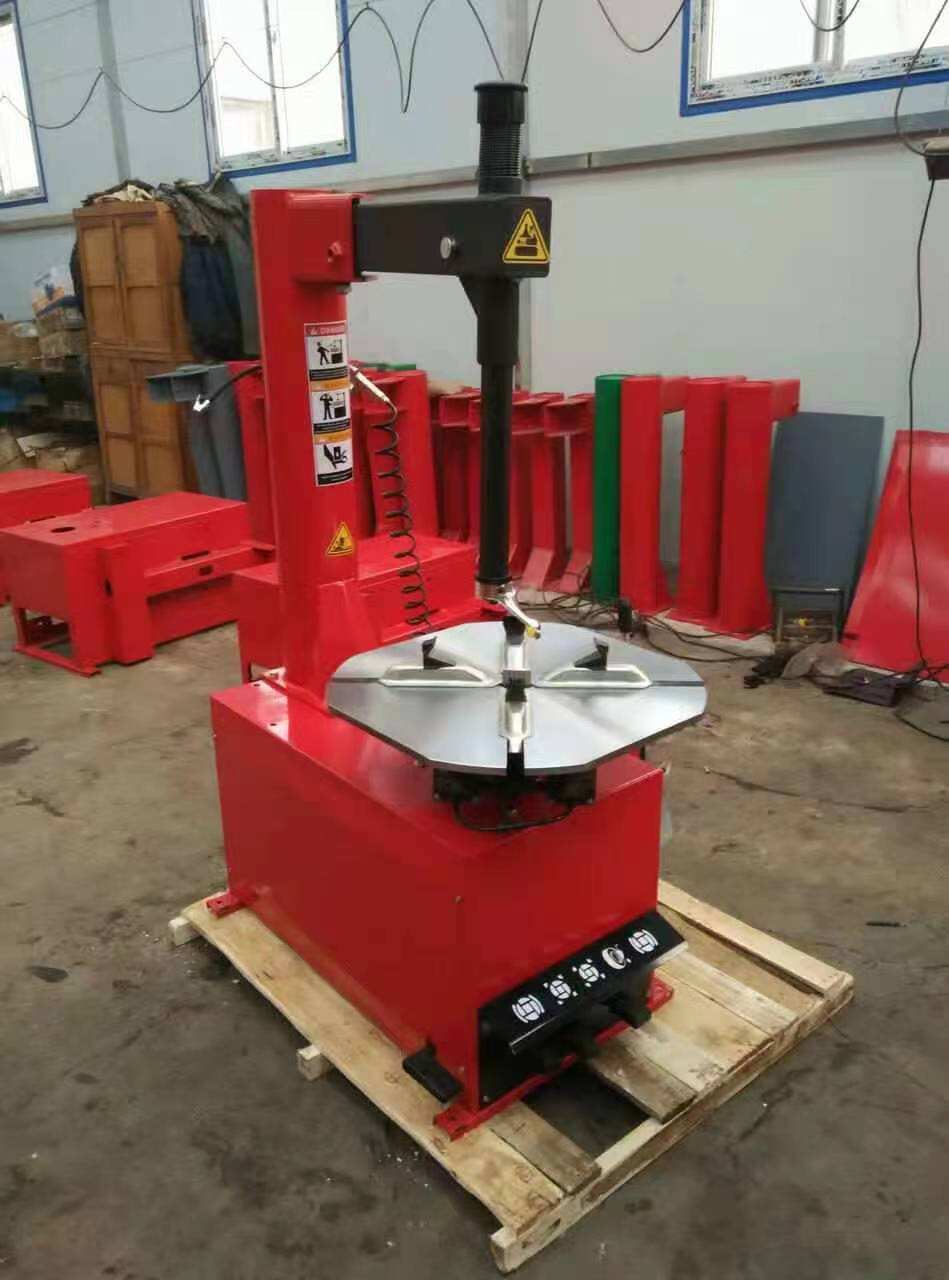Understanding Portable Car Lift Technology and Its Evolution
The automotive maintenance landscape has transformed dramatically with the introduction of portable car lifts. These innovative tools have revolutionized how vehicle owners and mechanics approach maintenance tasks, offering unprecedented flexibility and convenience. Modern portable car lifts combine robust engineering with user-friendly design, making vehicle maintenance more accessible than ever before.
Essential Considerations When Choosing a Portable Car Lift
Weight Capacity and Vehicle Compatibility
When selecting a portable car lift, weight capacity stands as the foremost consideration. Every portable car lift comes with specific weight ratings that must align with your vehicle's specifications. Standard passenger vehicles typically weigh between 2,000 and 4,000 pounds, but SUVs and trucks can exceed these figures significantly. Always choose a lift rated for at least 20% more than your vehicle's weight to ensure optimal safety and performance.
Beyond raw weight capacity, consider your vehicle's wheelbase and ground clearance. Some portable car lifts feature adjustable lifting points to accommodate various vehicle sizes and styles. This adaptability becomes particularly important if you plan to use the lift for multiple vehicles or if you anticipate upgrading your vehicle in the future.
Storage Space and Portability Features
The true value of a portable car lift lies in its convenience and storage efficiency. Consider the available space in your garage or workspace when selecting a lift system. Many modern portable car lifts feature collapsible designs that can be easily stored against a wall or tucked away in a corner when not in use.
Look for features that enhance portability, such as built-in wheels, removable handles, or modular components. These elements can significantly impact the lift's usability and your overall satisfaction. Some advanced models even come with quick-connect systems that allow for rapid assembly and disassembly without compromising structural integrity.
Technical Specifications and Safety Features
Lifting Mechanism and Power Source
Portable car lifts utilize various lifting mechanisms, each with distinct advantages. Hydraulic systems offer smooth operation and reliable performance but may require more maintenance. Electric-powered lifts provide convenience but need access to power sources. Manual mechanical lifts offer simplicity and reliability but might demand more physical effort.
Consider your power source availability and preferred operation method. Some portable car lifts offer dual-power options, combining manual operation capability with electric assistance. This versatility can prove invaluable in different working environments or during power outages.
Safety Systems and Certification Standards
Safety features should never be compromised when selecting a portable car lift. Look for models with multiple locking mechanisms, overload protection, and emergency lowering systems. Automatic safety locks that engage at different height levels provide essential redundancy during operation.
Verify that your chosen lift meets relevant safety standards and certifications. Look for compliance with ANSI (American National Standards Institute) guidelines and CE certification for international standards. These certifications indicate that the lift has undergone rigorous testing and meets established safety requirements.
Maintenance Requirements and Long-term Value
Regular Maintenance Procedures
Understanding maintenance requirements helps ensure your portable car lift's longevity and reliable operation. Quality lifts should come with detailed maintenance schedules and clear instructions for routine inspections. Regular maintenance typically includes checking hydraulic fluid levels, lubricating moving parts, and inspecting safety mechanisms.
Consider the availability of replacement parts and technical support when selecting a lift manufacturer. Established brands often provide better after-sale support and maintain extensive spare parts inventories, reducing potential downtime if repairs become necessary.
Cost Considerations and Return on Investment
While initial cost plays a role in selection, evaluate the total cost of ownership when choosing a portable car lift. Consider factors such as energy consumption, maintenance requirements, and expected service life. Higher-quality lifts may command premium prices but often deliver superior value through extended durability and reduced maintenance needs.
Factor in potential savings from reduced professional service fees and increased convenience. A well-chosen portable car lift can quickly pay for itself through DIY maintenance opportunities and eliminated shop visits for basic services.
Frequently Asked Questions
What is the typical lifespan of a portable car lift?
A high-quality portable car lift, when properly maintained and used according to specifications, typically lasts 8-12 years. Regular maintenance, adherence to weight limits, and proper storage significantly impact longevity.
Can portable car lifts be used outdoors?
While some portable car lifts are designed for outdoor use, it's generally recommended to use them in covered areas. Exposure to weather elements can affect performance and accelerate wear. If outdoor use is necessary, choose models specifically rated for external conditions.
How much clearance is needed for portable car lift operation?
Required clearance varies by model and lifting height. Generally, you'll need ceiling height equal to your vehicle's height plus the maximum lift height, plus an additional 2-3 feet for safety. Working space around the lift should extend at least 3 feet on all sides.
What type of floor surface is required for safe operation?
Portable car lifts require a flat, level, and stable surface capable of supporting the combined weight of the lift and vehicle. Concrete floors at least 4 inches thick are typically recommended. Avoid using lifts on asphalt, dirt, or uneven surfaces.

